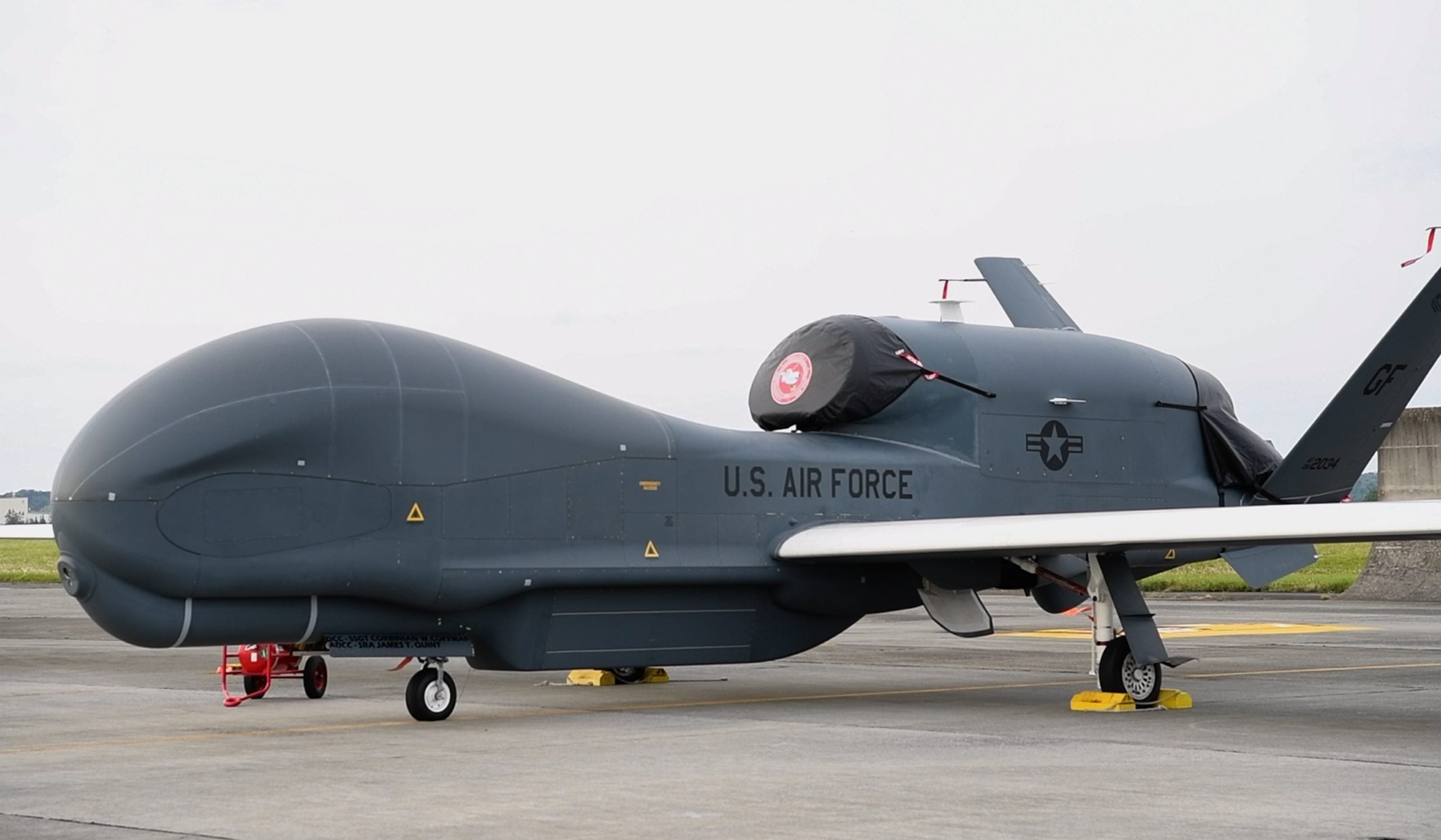
On May 15, the US Pacific Air Forces initiated the relocation of RQ-4 Global Hawks from Andersen Air Force Base, Guam to Yokota Air Base, Japan.
The move is aimed at facilitating theatre-wide enduring intelligence, surveillance, and reconnaissance (ISR) operations in the Indo-Pacific.
The Global Hawk furnishes a comprehensive array of ISR capabilities to support joint forces, as well as Allies and partners, in peacetime, contingency, and crisis operations across the globe.
The diplomatic salience of this deployment is an often under appreciated aspect of the frequent ISR work the US conducts from air bases like Yokota. “It’s important for relationship building with allies like Japan that intelligence and awareness is shared in the region to build trust and reassurance,” said James Marques, an aerospace and defence analyst for GlobalData.
“One of the things to look for in future region defense deals like AUKUS is further sensor fusion with partner countries,” continued Marques.
The RQ-4 Global Hawk is a high-altitude, long-endurance uncrewed aerial reconnaissance system which provides military field commanders with high resolution, near real-time imagery of large geographic areas. The unarmed aerial reconnaissance system is designed to fly at high altitudes for extended periods of time, and equipped with a variety of integrated sensors and cameras that enable it to capture high-resolution, all-weather imagery, persistently, day or night.

US Tariffs are shifting - will you react or anticipate?
Don’t let policy changes catch you off guard. Stay proactive with real-time data and expert analysis.
By GlobalDataThe synthetic aperture radar and ground moving target indicator operates at X-band with a 600MHz bandwidth, and 3.5kW peak power. The system can obtain images with 3ft resolution in its wide area search mode and 1ft resolution in its spot mode.
During Operation Tomodachi, the Global Hawk played a crucial role in supporting humanitarian assistance and disaster relief operations.
In response to the 9.0-magnitude earthquake that struck the northeastern Honshu coast of Japan on March 11, 2011, the Department of Defence mobilised 24,000 service members to provide aid to the affected areas. The resulting tsunami caused extensive damage, including flooding at the Fukushima Dai-ichi Nuclear Power Plant. To determine the extent of the damage, the USAF deployed RQ-4 Global Hawk aircraft and other systems to conduct reconnaissance of the damaged plant. Since 2017, the Global Hawk has been operating on a rotational basis from Yokota Air Base.



